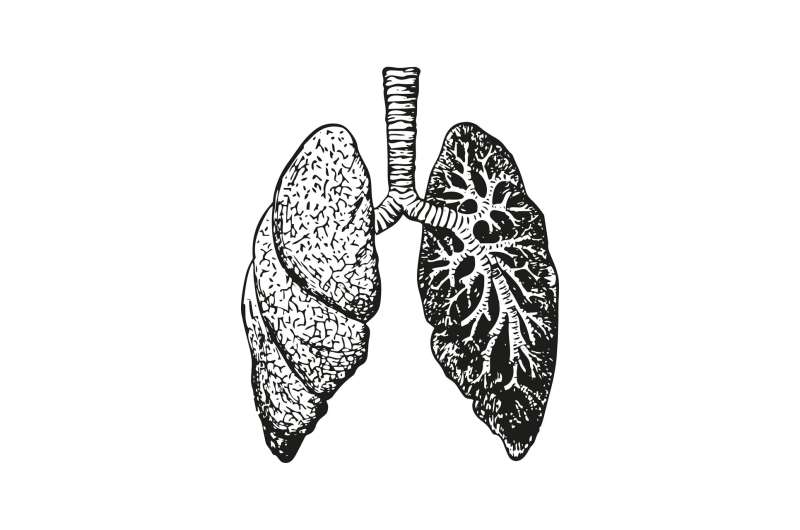This article has been reviewed according to Science X's editorial process and policies. Editors have highlighted the following attributes while ensuring the content's credibility:
fact-checked
proofread
Editorial: Lurbinectedin for neuroendocrine tumors

A new editorial paper was published in Oncoscience, titled "Lurbinectedin, a DNA minor groove inhibitor for neuroendocrine neoplasms beyond small cell lung cancer."
In their new editorial, researchers Deepak Bhamidipati and Vivek Subbiah from the Sarah Cannon Research Institute discuss lurbinectedin as a method to treat neuroendocrine tumors (NETs). NETs encompass a variety of neoplasms which display a wide spectrum of biologic behavior, ranging from the aggressive neuroendocrine carcinoma (NEC) to often indolent well-differentiated NETs.
For well-differentiated NETs, somatostatin analogs (SSAs) are widely accepted as an effective frontline therapy for progressive or symptomatic disease; however, subsequent therapy options such as capecitabine/ temozolomide, sunitinib, everolimus, and radionuclide therapy in selected cases are associated with variable response rates (typically less than 20%) and limited progression-free survival. NECs can respond to platinum-based chemotherapy, but responses are typically short-lived.
"There is evidence to suggest that neuroendocrine neoplasms such as small-cell lung cancer (SCLC) and pancreatic NETs are responsive to DNA alkylators such as temozolomide," say the researchers.
Recently, lurbinectedin a DNA minor groove inhibitor and marine derivative was shown to inhibit oncogenic transcription through binding to CG-rich sequences near the promoters of protein-coding genes to promote apoptosis and cell death. Encouraging results from a phase II basket study of lurbinectedin as a second-line treatment for patients with SCLC, which demonstrated a 35% response rate, resulted in the FDA-approval of lurbinectedin in pre-treated patients with SCLC.
Moreover, in a subset analysis lurbinectedin was shown to be an effective treatment for platinum-sensitive relapsed SCLC, especially in patients with chemotherapy-free interval (CTFI) ≥180 days with an objective response rate of over 60%. It was shown to be active in BRCA1/2 germline mutated breast cancer. In addition, it is active in Ewing sarcoma, another small round-cell tumor of neuroendocrine origin.
"This bolstered the hypothesis that lurbinectedin could demonstrate activity in additional malignancies of neuroendocrine origin," the authors conclude.
More information: Deepak Bhamidipati et al, Lurbinectedin, a DNA minor groove inhibitor for neuroendocrine neoplasms beyond small cell lung cancer, Oncoscience (2023). DOI: 10.18632/oncoscience.579



















